You’re carrying too much. Studies show 71.7% of backpackers overpack, with 40% returning home with gear they never touched. Worse, carrying over 20% of your body weight increases your injury risk—and sends 2,000 people to emergency rooms yearly.
You can drop 5-10 pounds from your pack today without buying anything new. Just stop bringing these 17 items that experts never pack.
This isn’t about suffering or going without essentials. It’s about what 764 PCT thru-hikers learned the hard way—and what they wish they’d known before starting. Ready to fix your pack weight problem for good?
1. Heavy Car Camping Rain Gear

Your traditional rain jacket weighs 12-16 ounces. An ultralight rain jacket weighs 5.8 ounces. That’s half a pound you don’t need to carry.
The problem? Car camping rain gear is over-engineered for backpacking. It has too many features you won’t use. It doesn’t pack small. And those “breathable” membranes? They stop working when you’re sweating uphill anyway.
Ryan Hansen from Gadget Review puts it perfectly: “Your favorite rain jacket is probably your worst backpacking choice.” He’s right. You need protection, not perfection.
Switch to a Montbell Versalite (5.8 oz) or Frogg Toggs poncho (5.5 oz). Here’s what’s interesting: 94.8% of PCT thru-hikers don’t even use waterproof shoes anymore. They’ve learned something beginners haven’t—staying dry is less important than drying fast.
Skip that $300 rain jacket. Save yourself $150-300 and nearly half a pound.
2. Multiple Hiking Pants

Packing three pairs of hiking pants? You’re carrying 16-24 extra ounces for nothing. Here’s the truth: You’ll wear one pair 95% of your trip.
Research from Radical Storage shows 40% of packed clothing never gets worn. Your extra pants fall into that category every time. Experienced hikers know this secret: one hiking pair plus lightweight sleep bottoms. That’s it.
Want flexibility? Get quick-dry convertible pants. Zip-off legs give you shorts and pants in one 10-ounce package. Or stick with your favorite hiking pants and add 3-ounce sleep shorts for camp.
PCT thru-hikers figured this out years ago. One pair handles everything from desert heat to mountain snow. Wash them in streams. Let them dry while you hike. Stop carrying backups for backups.
3. Cotton Clothing of Any Type
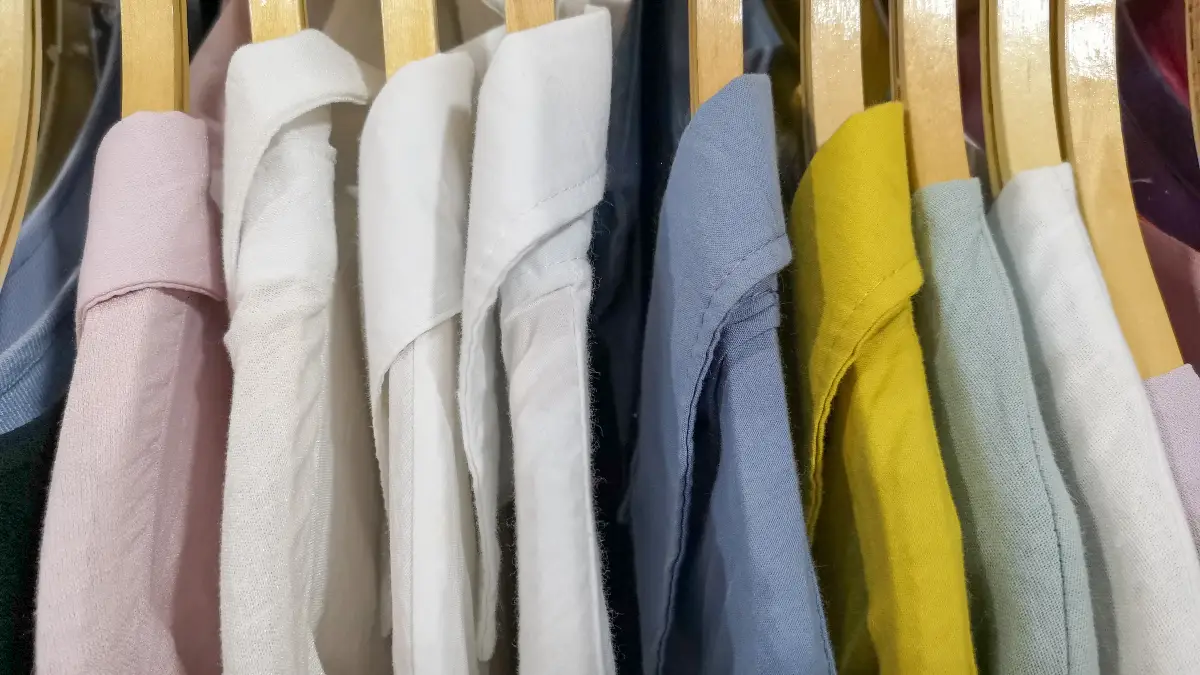
Cotton kills. You’ve heard it before, but do you know why?
When cotton gets wet, it stays wet. It gets three times heavier. Worse, it stops keeping you warm. Your body heat can’t escape the water trapped in the fabric. Now you’re cold, wet, and carrying extra weight.
Every expert agrees: no cotton on the trail. Not your favorite t-shirt. Not those comfortable boxers. Nothing.
Switch to merino wool or synthetic materials instead. They dry fast. They keep you warm when wet. They weigh less to start with. Appalachian Trail hikers have real stories about cotton causing hypothermia. One hiker nearly quit in Georgia because his cotton clothes wouldn’t dry for three days of rain.
Your cotton shirt might feel soft at home. On the trail, it becomes dangerous weight.
4. Excessive Socks and Underwear
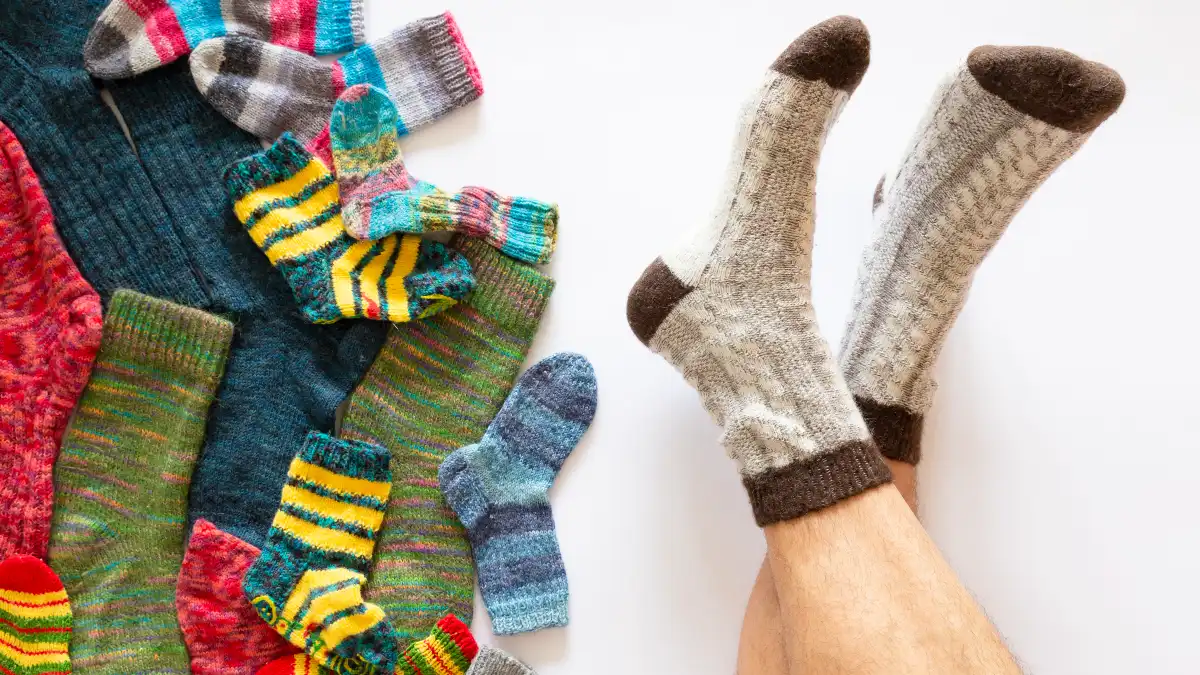
You’re packing six pairs of socks and a week’s worth of underwear. That’s 8-12 ounces you don’t need. Most beginners pack 25-50% more socks and underwear than necessary.
Here’s what works: three pairs of socks, two or three pairs of underwear. Maximum. Even for two-week trips.
Buy quality instead of quantity. Darn Tough socks have a lifetime warranty. One pair lasts thousands of miles. Merino wool underwear can go days without smelling. You wash clothes on the trail anyway—in streams, at camp, in town.
Trail laundry is simple. Wash one pair while wearing another. They dry overnight or while hiking. PCT thru-hikers master this system fast. You don’t need a fresh pair for every day. You need a system that works.
5. Heavy Integrated Stove Systems

That Jetboil system weighs 15 ounces. A Soto Amicus stove weighs 2.8 ounces. Add a titanium pot at 3.6 ounces, and you’re at 6.4 total. You just saved over half a pound.
Here’s the thing about integrated stoves: they solve problems you don’t have. Your water boils 30 seconds faster? Who cares when you’re carrying an extra half-pound for 20 miles.
The expert take is brutal but true: “Saving grams on fuel while adding ounces to your stove makes no sense.” Performance differences between stoves barely matter on the trail. Water boils. Food cooks. That’s all you need.
The Soto Amicus costs $45. Jetboil runs $120. You’re literally paying more to carry more weight. PCT hikers switched to simple stoves years ago. Follow their lead—go light, save money, and stop overthinking your cooking setup.
6. Full-Size Cookware Sets
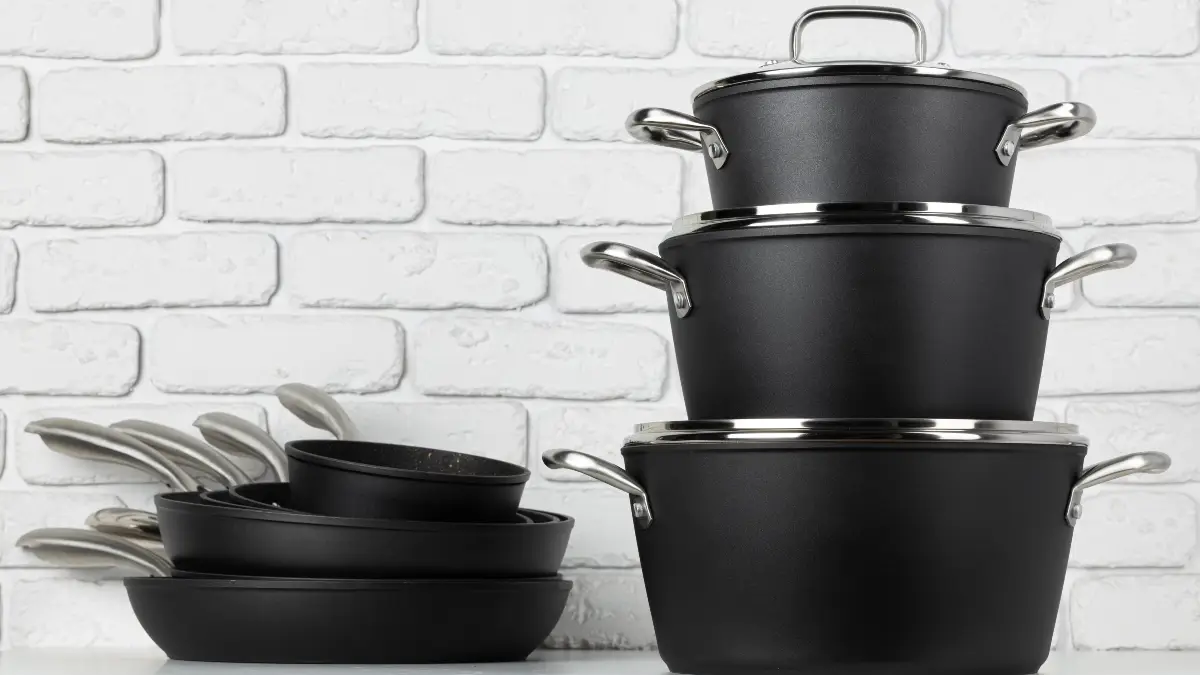
Multiple pots, pans, and plates for solo backpacking? You’re hauling 12+ ounces of metal you’ll never touch.
Here’s what you actually need: one pot. That’s it. The TOAKS 750ml titanium pot weighs 3.6 ounces and handles everything. Boiling water, cooking meals, eating from—one pot does it all.
This is the multi-use principle experts swear by. One item, many jobs. Your pot becomes your bowl. Your bowl becomes your mug. Everything serves multiple purposes.
PCT thru-hikers perfected this minimalist approach. Watch them at camp—one pot, one spoon, done. They’re not suffering. They’re efficient. Full cookware sets are for car camping where weight doesn’t matter. When every ounce counts, one quality pot beats a whole kitchen set.
7. Over-Calculated Food Portions
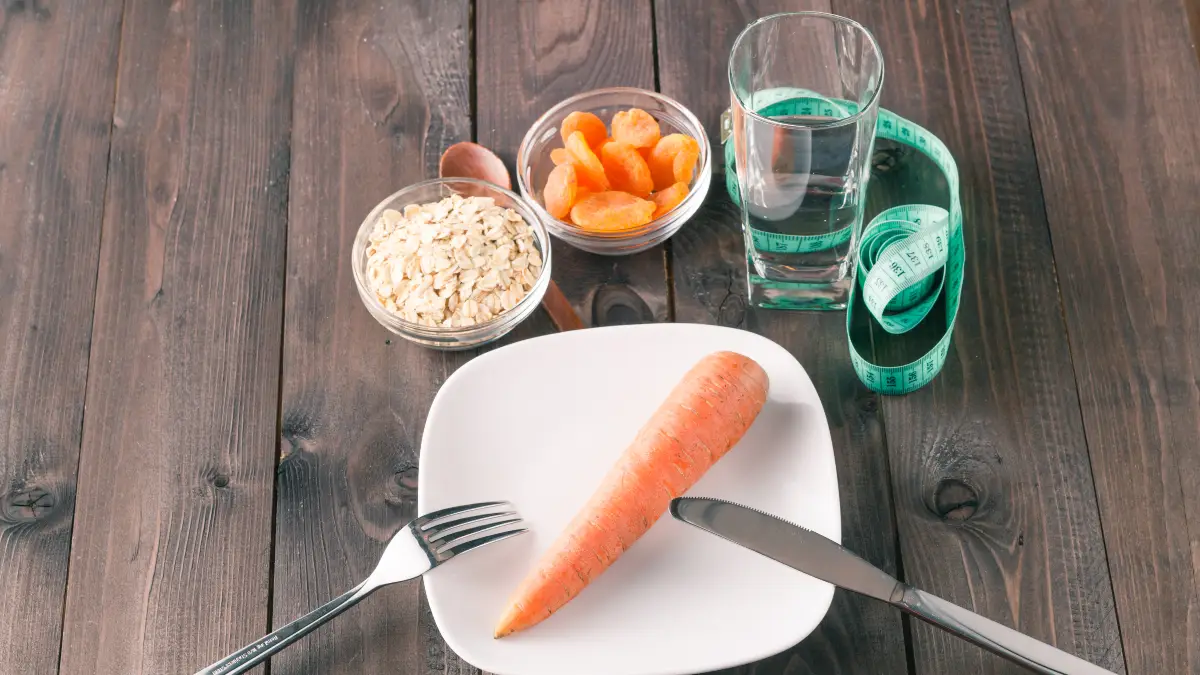
You’re carrying 3 pounds of food per day. Most hikers only eat 2 pounds. That’s 2-5 unnecessary pounds on a weekend trip.
Studies show 25-50% of backpacking food comes home uneaten. You packed for your home appetite, not your trail appetite. The target that works: 125-130 calories per ounce. Hit that ratio and you’re golden.
Here’s what happens on long trails: hikers start heavy and learn fast. They mail food home from the first town. By week two, they’ve cut their daily carry by half a pound or more.
Plan for town resupplies instead of carrying everything. Three days of food maximum between stops. Your back will thank you, and you’ll eat fresher food. Trail nutrition isn’t about carrying more—it’s about carrying smarter.
8. Multiple Utensils/Full Cutlery
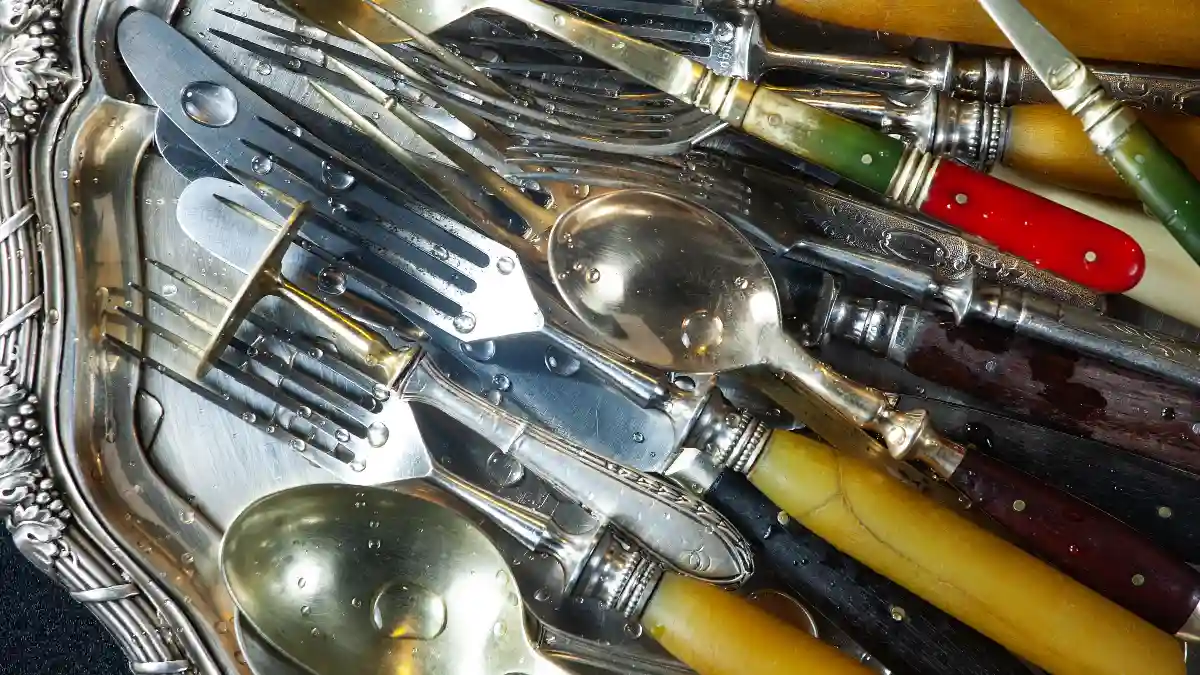
That camping utensil set weighs 3-4 ounces. A single long-handled spoon weighs 0.4 ounces. You need one eating tool, not five.
Experienced backpackers are unanimous: bring a spoon. Just a spoon. It handles everything—eating, stirring, measuring, serving. No knife needed (you have one on your multi-tool). No fork required (a spoon works better for trail meals anyway).
Titanium beats plastic for durability, but both work. The long handle reaches the bottom of freeze-dried meal bags. That’s the only special feature you need.
Watch any thru-hiker eat. One spoon, no fuss, no extra weight. They’re not missing their fork and knife set. They’re too busy eating to care. Your ultralight spork or titanium spoon does everything a full cutlery set does, at one-tenth the weight.
9. Traditional Sleeping Bags vs Quilts

Here’s something sleeping bag companies don’t tell you: the down under your body does nothing. You crush it flat. Compressed insulation can’t trap air, so it can’t keep you warm.
That’s why quilts make sense. They skip the useless bottom part and save 4-8 ounces while keeping you just as warm. Over half of PCT thru-hikers (51%) now use backpacking quilts instead of bags. They’re not cold. They’re smart.
Temperature ratings work the same for both. A 20-degree quilt keeps you as warm as a 20-degree bag. The difference? Less weight and better freedom to move.
Ready to switch? Try Enlightened Equipment, UGQ, or Katabatic. These brands specialize in quilts that actually work. Make the switch when your current bag wears out, or sell it now while it still has value. Your sleeping bag vs quilt debate ends when you realize you’ve been carrying insulation that doesn’t insulate.
10. Dedicated Inflatable Pillows

That inflatable pillow weighs 2-10 ounces. For one job. That’s the problem.
Experienced hikers stuff extra clothes into a dry bag or buff. Instant pillow, zero extra weight. Your puffy jacket turned inside-out works too. Or fill your buff with spare clothes. All these options weigh nothing extra because you’re already carrying the items.
Yes, it takes a few nights to get used to it. No, it’s not as plush as your pillow at home. But after three days, you won’t notice the difference.
The only exception? Real medical neck problems. If your doctor says you need specific neck support, bring the pillow. Otherwise, you’re carrying weight for comfort you don’t actually need. Your ultralight sleep system works better without single-purpose items.
11. Sleeping Bag Stuff Sacks
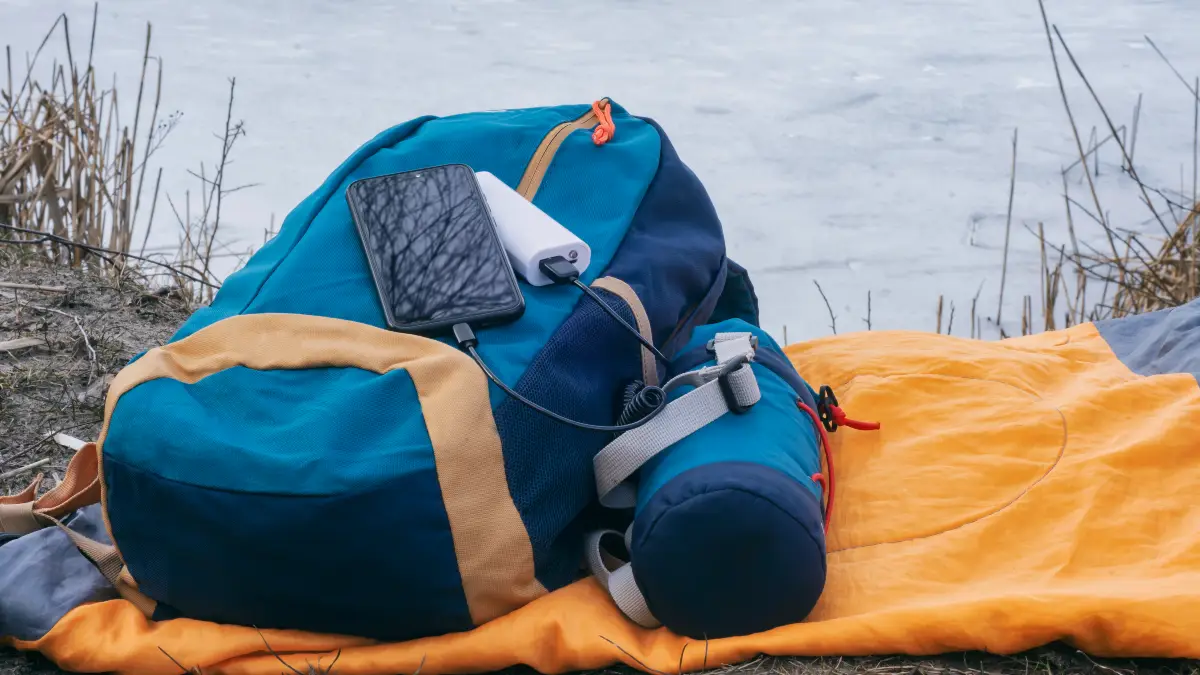
That stuff sack weighs 0.8 ounces and makes packing harder. Here’s why experts skip it.
Put your sleeping bag directly into your pack liner at the bottom of your pack. It fills every corner and gap. No wasted space. No fighting with a too-small stuff sack every morning. Pack, squish, done.
Your pack liner protects from moisture better than any stuff sack. One waterproof barrier beats two half-measures. Plus, you pack faster without wrestling your bag into its sack every morning.
“But how do I stay organized?” You don’t need stuff sacks for organization. Your sleeping bag goes in the same spot every time—bottom of the pack. That’s your system. Simple beats complex when you’re packing at sunrise.
12. Excessive Tent Stakes
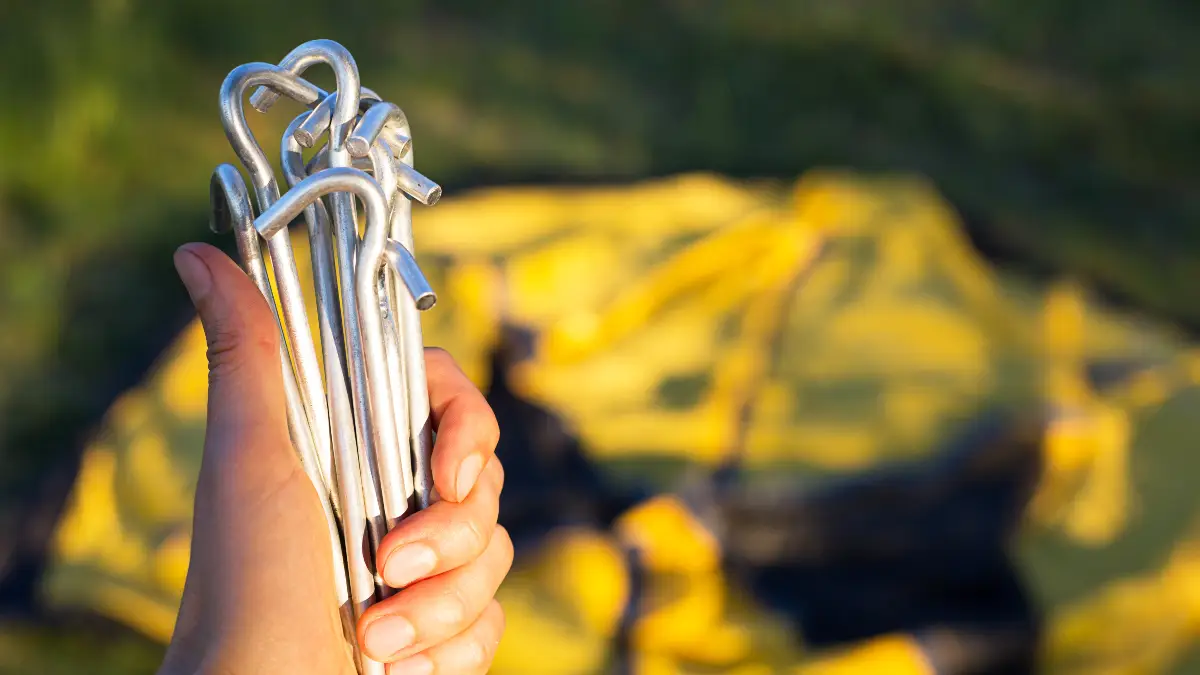
Your tent came with 12 stakes. You need 6-8. That’s 2-4 ounces of metal doing nothing in your pack.
Count the actual stake points on your shelter. Four corners plus two guylines? That’s six stakes. Add two spares for tough ground. Eight total. Send the rest home.
Different conditions don’t mean more stakes. They mean smarter placement. Rocky ground? Use rocks to anchor guylines. Soft sand? Bury sticks as deadman anchors. Your shelter weight drops when you stop carrying stakes for every possible scenario.
Want to cut more weight? Titanium shepherd hook stakes weigh half what aluminum stakes do. Six titanium stakes weigh less than four regular ones. But first, stop carrying stakes you never use.
13. Oversized Power Banks
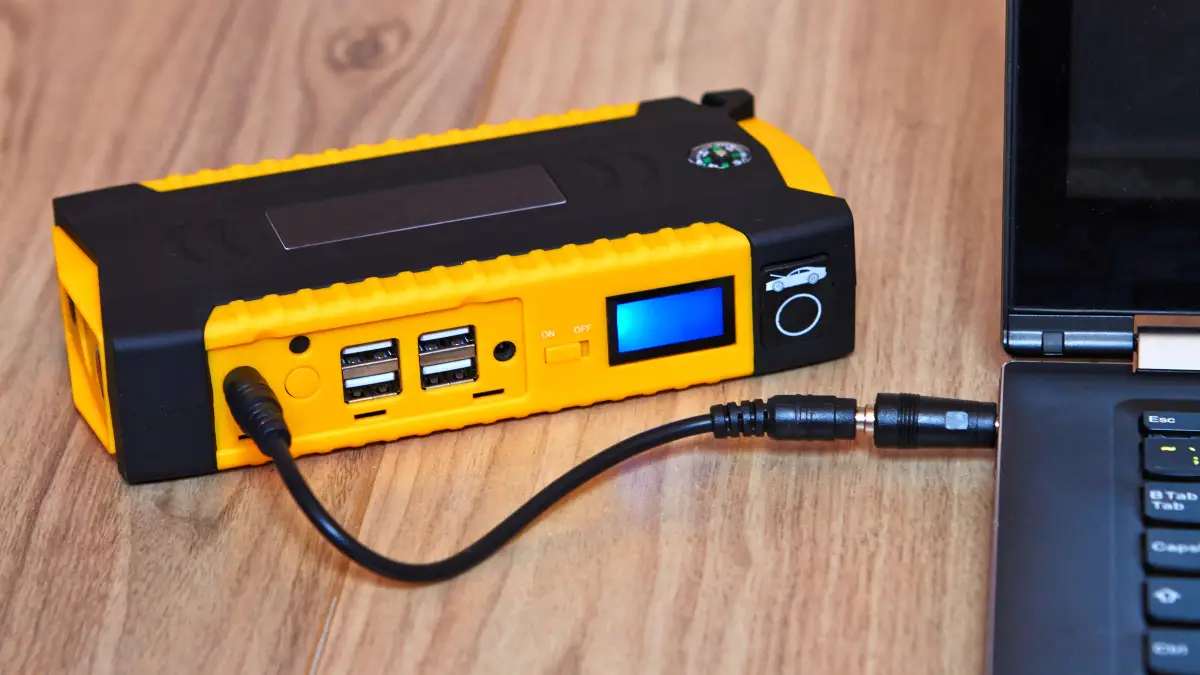
That 20,000 mAh power bank weighs 12 ounces. A 10,000 mAh bank weighs 6 ounces. Here’s the math that matters.
Your phone uses 2,000-3,000 mAh per day with normal use. GPS and airplane mode cut that in half. A 10,000 mAh battery pack gives you 3-5 full charges. That’s enough for a week between towns.
Experts agree: 10,000 mAh hits the sweet spot for most trips. You get to town before it dies. You’re not carrying backup for your backup. If you’re hiking the PCT, you’ll hit towns every 3-5 days anyway. Charge there instead of carrying extra capacity.
“What about solar panels?” They weigh more than a bigger battery and barely work under trees. Stick with a right-sized power bank. Your backpacking power bank should match your actual needs, not your worst-case fears.
14. Multiple Navigation Devices

GPS unit, phone, paper maps, compass, backup GPS. You’re carrying 20-30 ounces of navigation. That’s too much.
Two methods work fine. Phone with offline maps (Gaia or AllTrails) plus paper maps for backup. That’s what experts carry. Everything else is fear weight.
Each device adds 4-8 ounces. Your phone already has GPS. Download maps before you go. Paper maps weigh 2 ounces and never need batteries. This combination handles any situation.
“But what if my phone dies?” That’s why you have the paper map. And the power bank you’re already carrying.
True wilderness or off-trail travel might need a dedicated GPS. Otherwise, you’re solving problems that don’t exist. Stop carrying three ways to find north. Your hiking navigation needs are simpler than gear companies want you to think.
15. Full-Size Toiletries
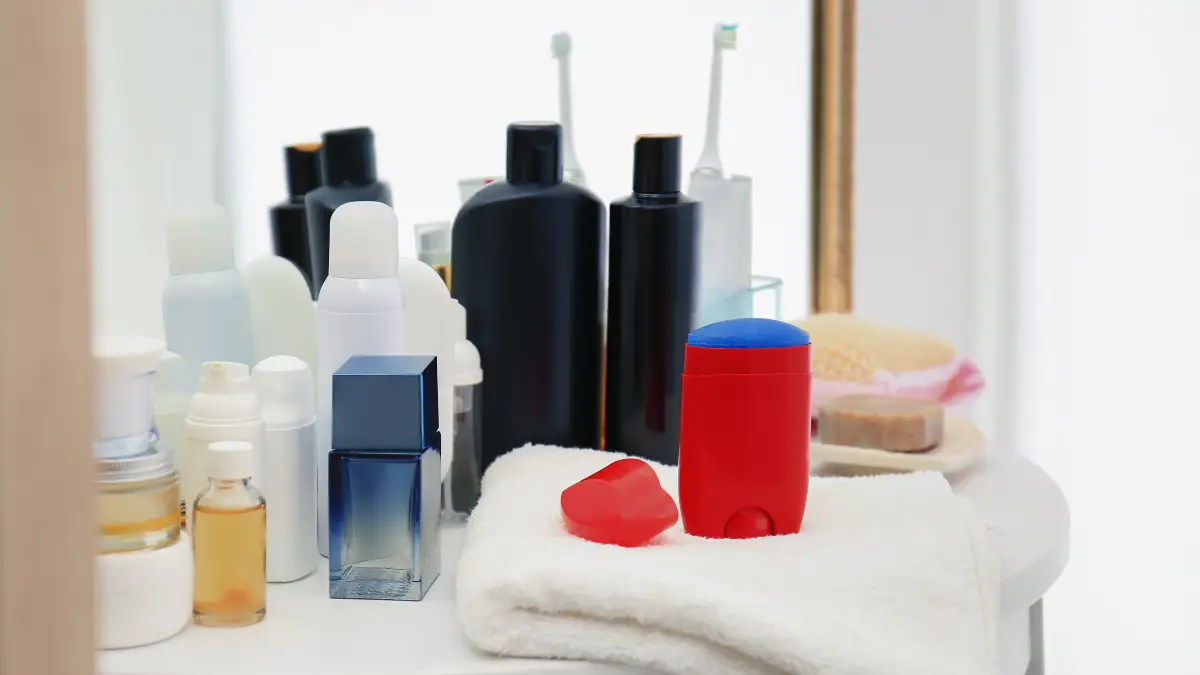
Your toiletry bag weighs 4-8 ounces more than it should. Full-size toothpaste, big bottles of soap, that travel kit from the drugstore. It adds up fast.
Here’s what works: tiny containers with exactly what you need. Toothpaste dots (dry drops on parchment paper). Soap sheets. A cut-down toothbrush. Dr. Bronner’s soap handles everything—body, hair, clothes, dishes. One small bottle replaces four products.
Calculate what you actually use. Two weeks needs maybe an ounce of toothpaste. Not a whole tube. A half-ounce of soap. Not a bar.
Expert minimums look like this: tooth tabs, mini brush, soap sheets, tiny sunscreen, toilet paper. Under 2 ounces total. Everything biodegradable for Leave No Trace.
Stop bringing your home bathroom to the trail. Your backpacking toiletries should fit in your palm. Ultralight hygiene means bringing exactly enough, not extra “just in case.”
16. Hydration Bladders

Your hydration bladder weighs 5-8 ounces empty. SmartWater bottles weigh 1.5 ounces. And here’s the kicker: 94.8% of PCT thru-hikers prefer bottles.
Why? Bladders hide in your pack. You can’t see how much water you have left. Refilling means unpacking everything. They freeze in cold weather. They leak and soak your gear. Cleaning them is a pain.
Bottles solve every problem. You see your water level. Refill without unpacking. They don’t freeze as easily. If one leaks, you have others. Clean them with a rinse.
The winning system: two SmartWater bottles plus a Sawyer filter. Total weight: 5 ounces. Total hassle: zero. Your hydration system should be simple. Water bottles vs bladder isn’t really a debate anymore. Bottles won.
17. MSR Papa Hubba NX 4-Person Tent

The MSR Papa Hubba NX 4-Person Tent once ruled group backpacking with its freestanding design. Today, it’s like bringing a cassette player to a streaming party—functional but unnecessarily bulky.
The aluminum pole structure adds significant weight, and the hybrid design creates condensation issues in humid environments. Four adults generate enough moisture to cause interior dripping despite proper ventilation. (Nothing enhances sleep like midnight rain… inside your tent.)
The rectangular footprint requires 90 square feet of flat ground rarely found without environmental impact. Your group deserves shelter that adapts to available terrain rather than demanding perfect campsites.

